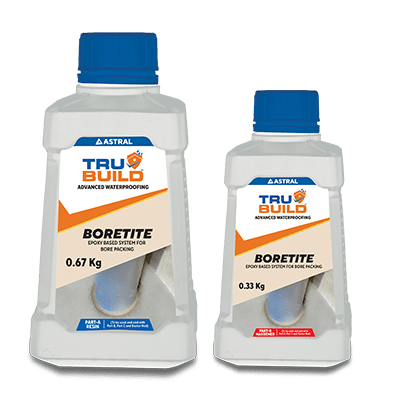What is the Difference Between Basement Tanking and Basement Waterproofing?
May 28, 2024
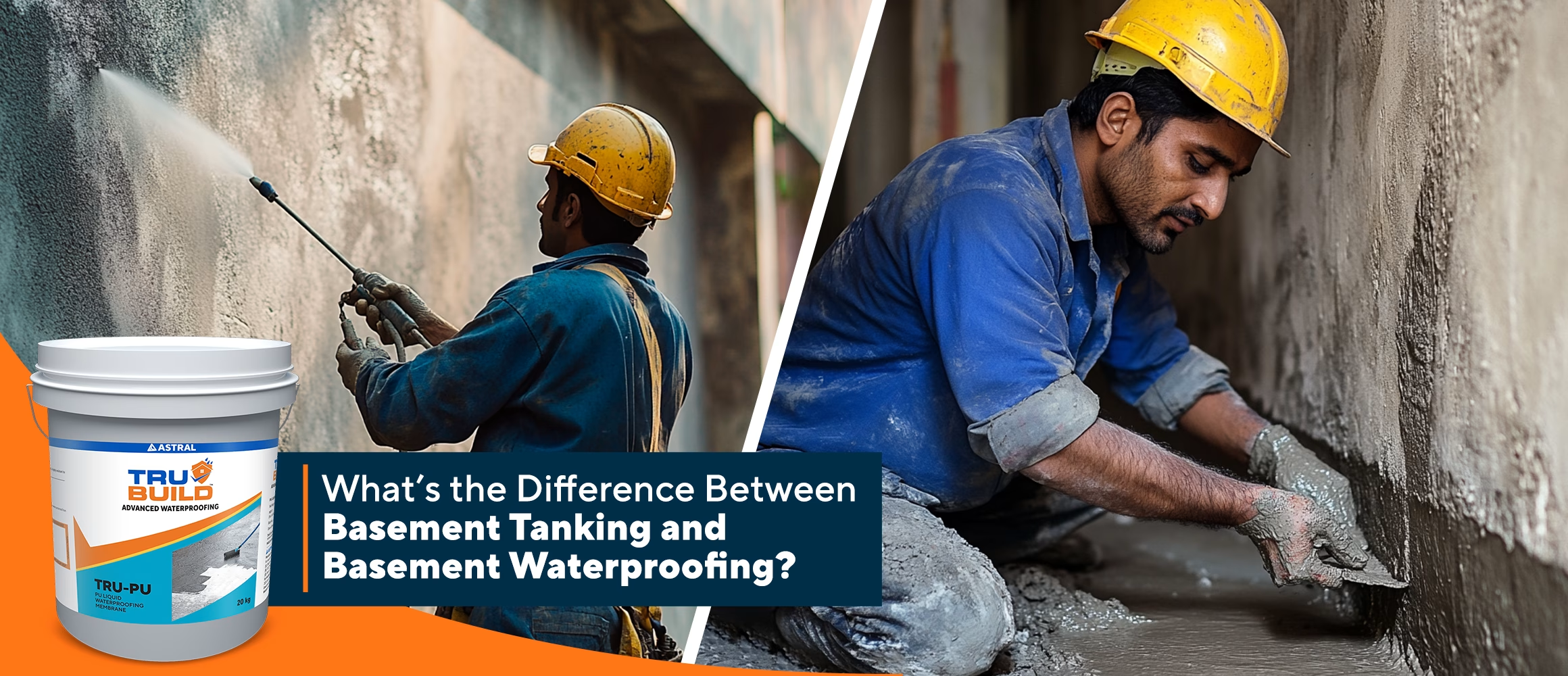
Imagine walking into your basement and finding damp walls or water leaks. It is not just inconvenient, it is also a warning sign that your home’s foundation could be at risk. Basements are prone to problems such as water seepage and dampness. However, solutions like basement tanking and basement waterproofing can make all the difference.
Understanding how these methods work and how they differ is key to protecting your home from damage and creating a safe, dry space below ground. Let us understand what each term means and how they help you save heavy basement leak repair costs.
What is Basement Tanking?
Basement tanking is a specific method of waterproofing that involves applying a watertight membrane or coating to the internal walls and floors of a basement. The purpose of basement tanking is to create an impermeable barrier, preventing water from seeping through the walls. This technique is particularly effective in areas with high water tables or where the basement is below ground level.
Common materials used in basement tanking include:
- Cementitious coatings
- Bitumen-based membranes
- Epoxy resins
Basement tanking is most suitable for basements that are already prone to water ingress or need to be converted into a dry, habitable space. For homeowners wondering, what is basement tanking, it is essentially a proactive measure to block water entirely.
What is Basement Waterproofing?
Basement waterproofing is a broader term that encompasses various techniques to prevent water from entering the basement. Unlike tanking, which focuses on creating an internal barrier, waterproofing can include external measures as well. The goal is to divert water away from the structure and seal any potential entry points.
Popular methods of basement waterproofing include:
- External waterproofing membranes
- Internal drainage systems
- Sump pumps
Key Differences Between Basement Tanking and Basement Waterproofing
| Feature | Basement Tanking | Basement Waterproofing |
| Application Area | Internal walls and floors | Both internal and external |
| Method | Watertight coating or membrane | Drainage systems, external membranes, and more |
| Purpose | Creates an impermeable barrier | Prevents water ingress through various methods |
| Suitability | Severe damp issues or basement conversions | General moisture control and leak prevention |
| Cost | Typically higher due to materials and labour | Flexible options for different budgets |
When to Consider Basement Leak Repair?
Basement leak repair is necessary when you notice signs of water ingress, such as:
- Damp patches on walls
- Musty odours
- Visible water puddles
Ignoring these signs can lead to long-term structural damage and health hazards. A professional assessment can help determine whether basement tanking, waterproofing, or a combination of methods is the best solution for your property. In case of waterproofing your basement, choose solutions like Astral Trubuild TRU PU. This single-component, PU-based liquid waterproofing system, forms an excellent barrier against seepage and protects basements effectively.
Understanding the differences between basement tanking and basement waterproofing is important for effective basement leak repair. While tanking offers an internal seal against water ingress, waterproofing combines internal and external measures for comprehensive protection. Choosing the right method depends on the severity of the issue, the basement’s purpose, and your budget. Protecting your basement today can save you from expensive repairs and create a comfortable living space for years to come.


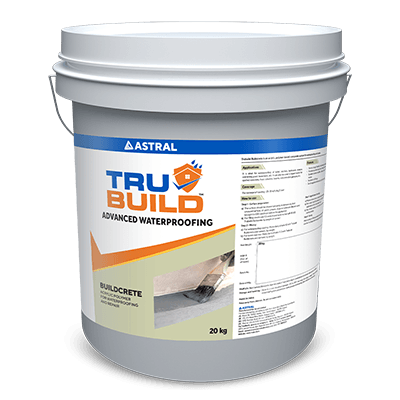

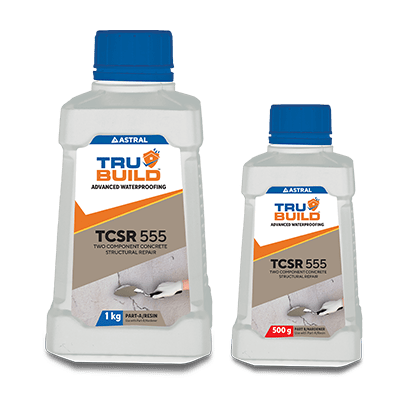


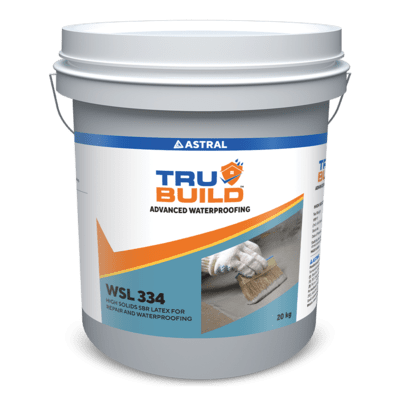
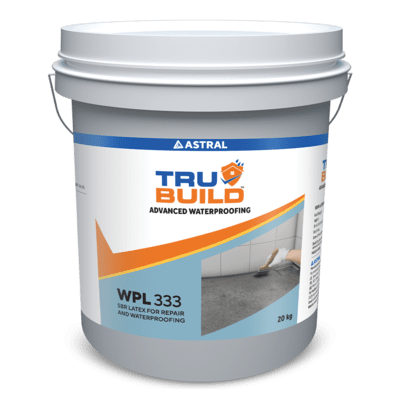
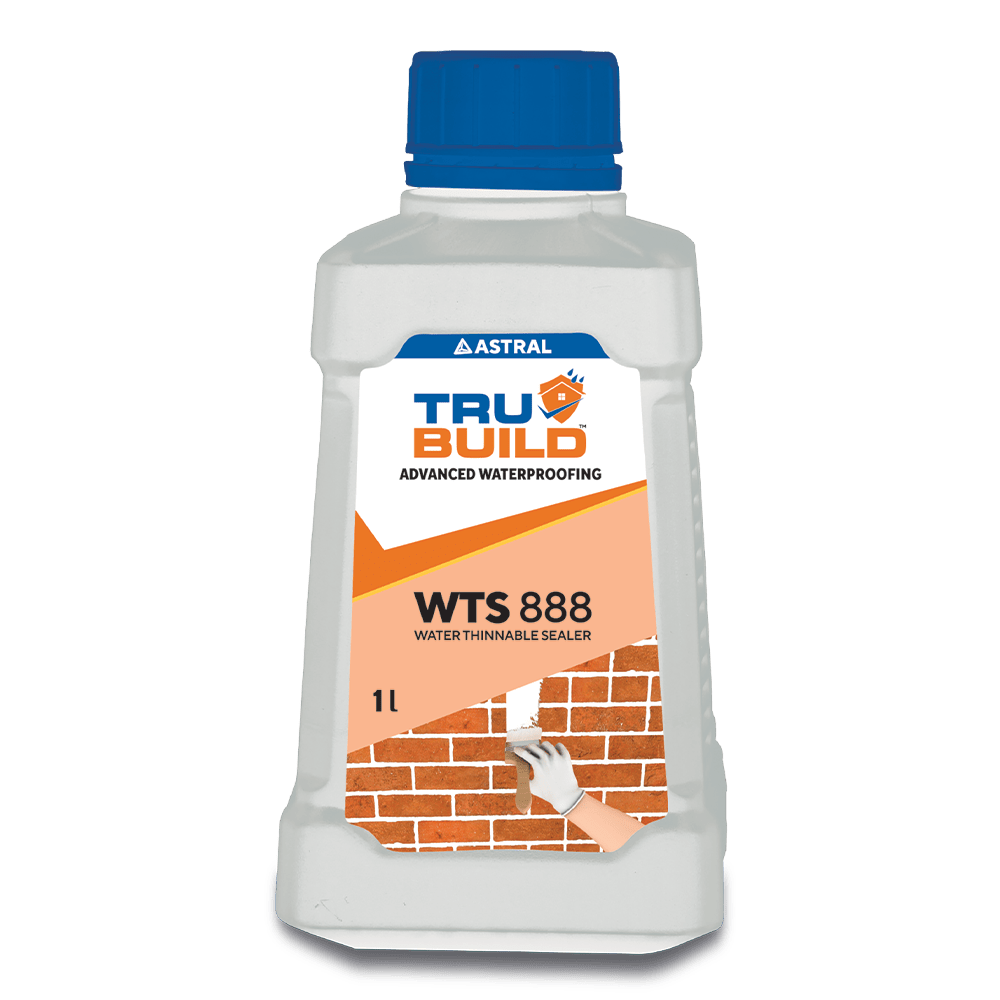



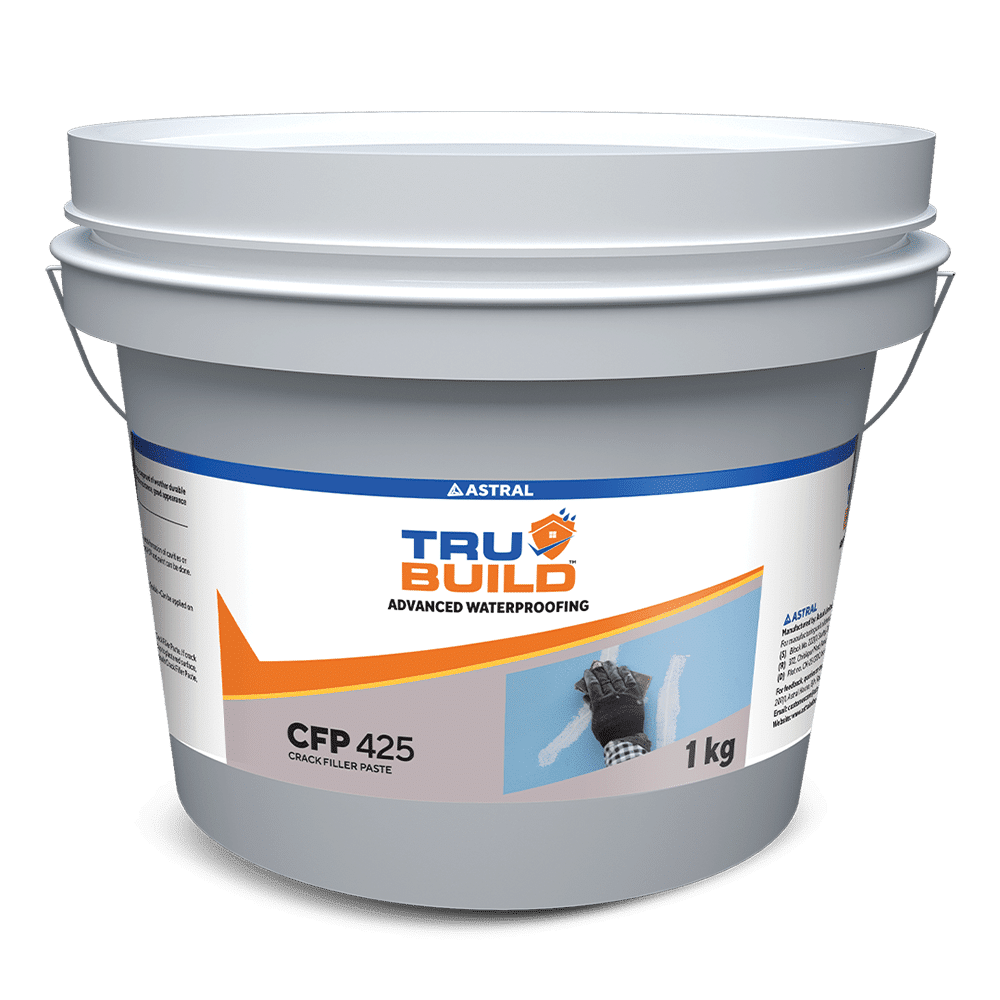




 Professional Sealants
Professional Sealants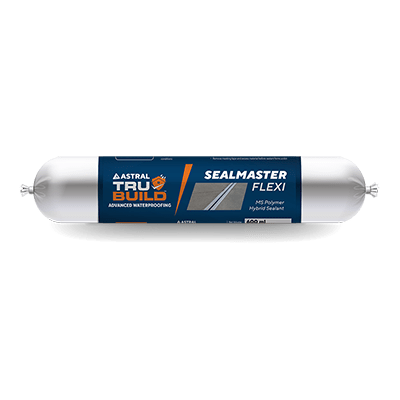
 Roof Waterproofing
Roof Waterproofing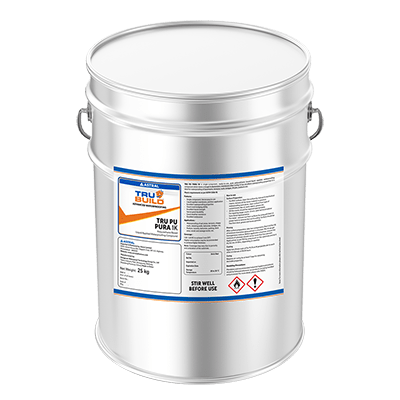
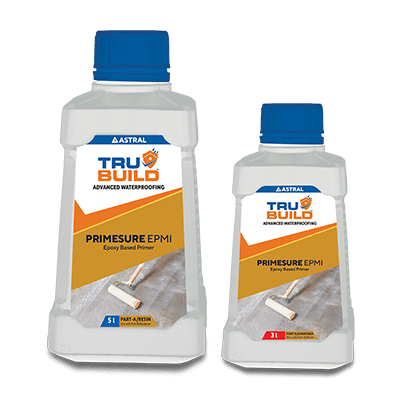



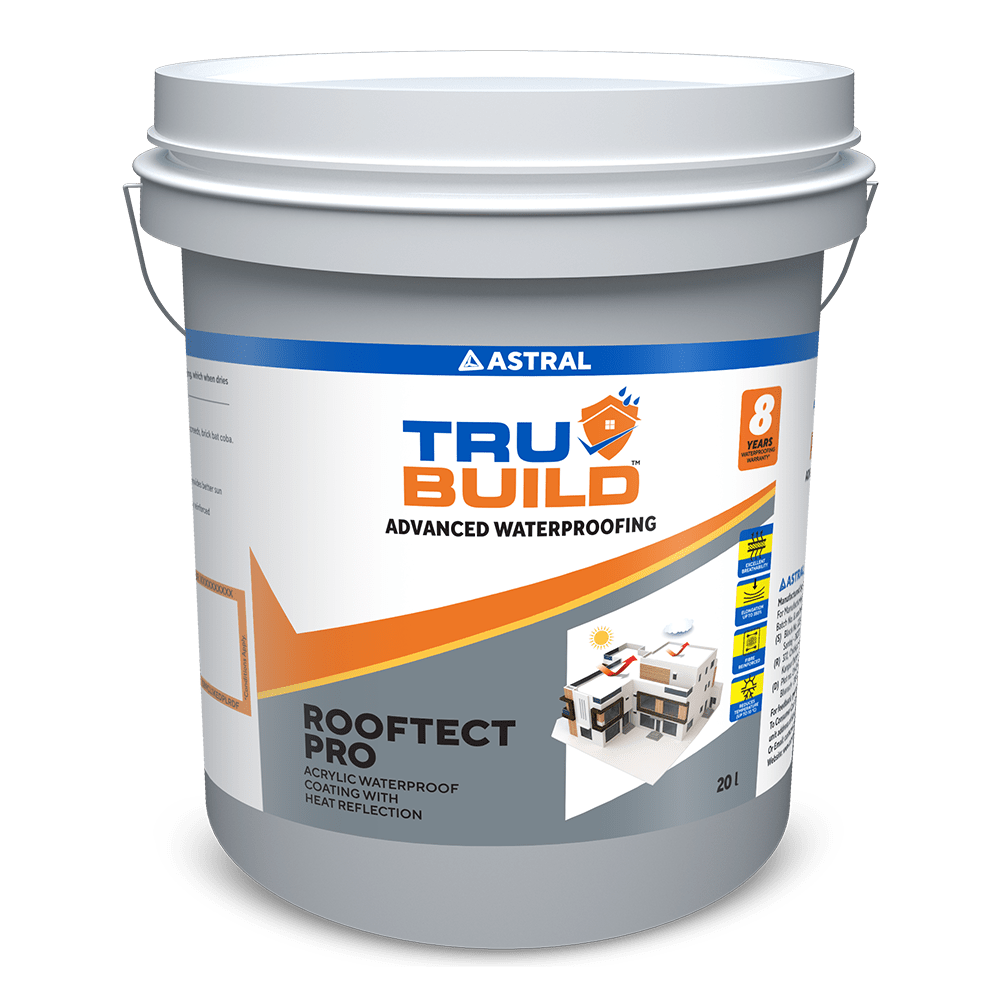
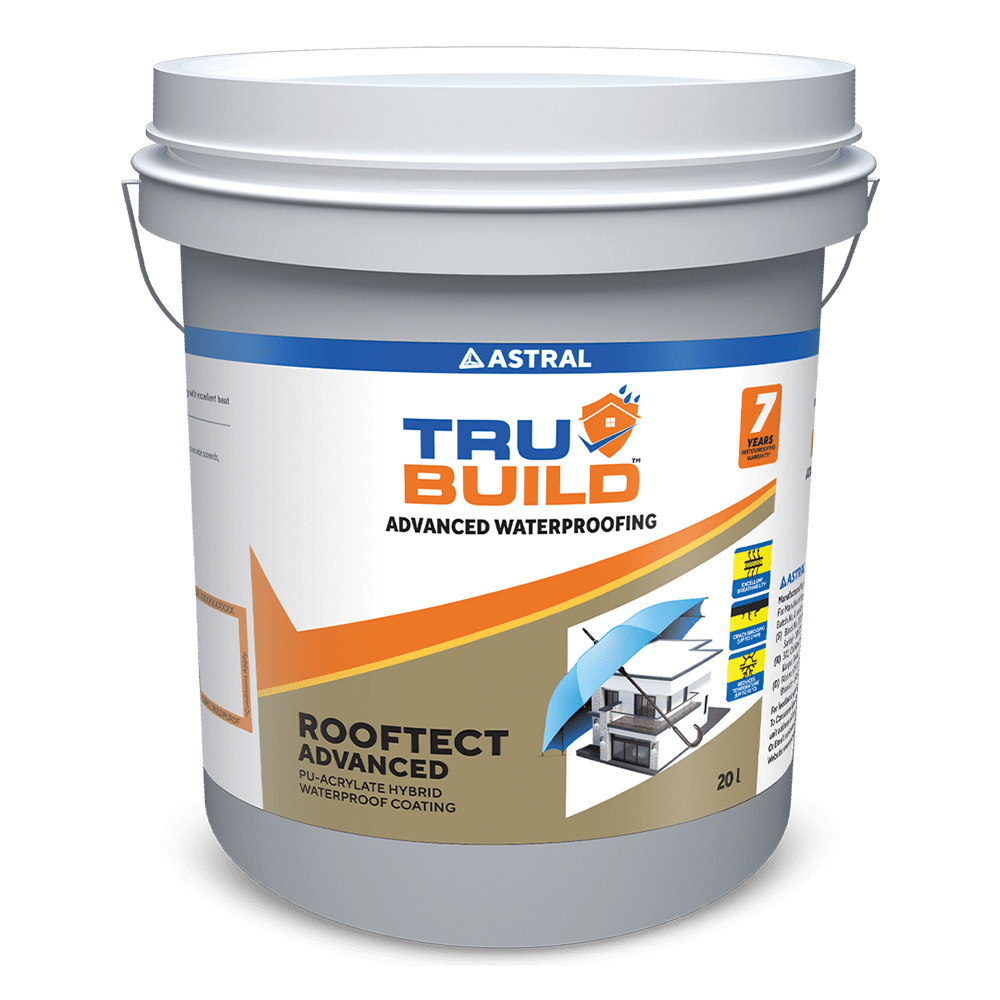
 Substructure Waterproofing
Substructure Waterproofing Tiling and Grouting
Tiling and Grouting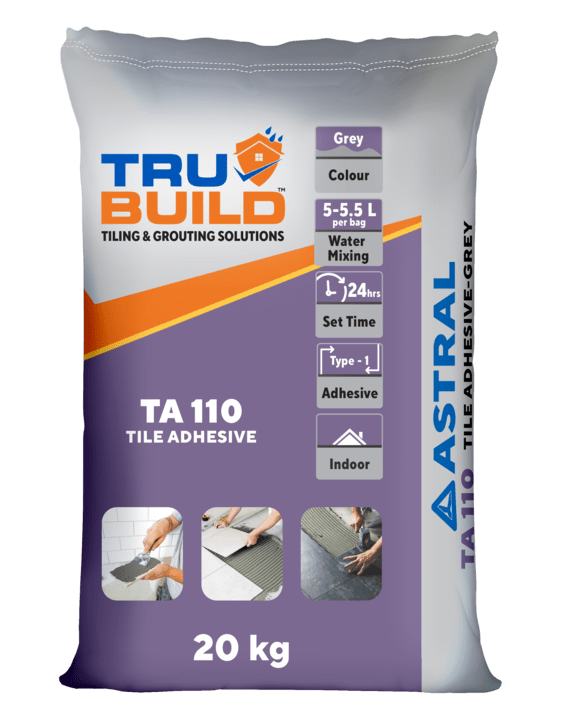
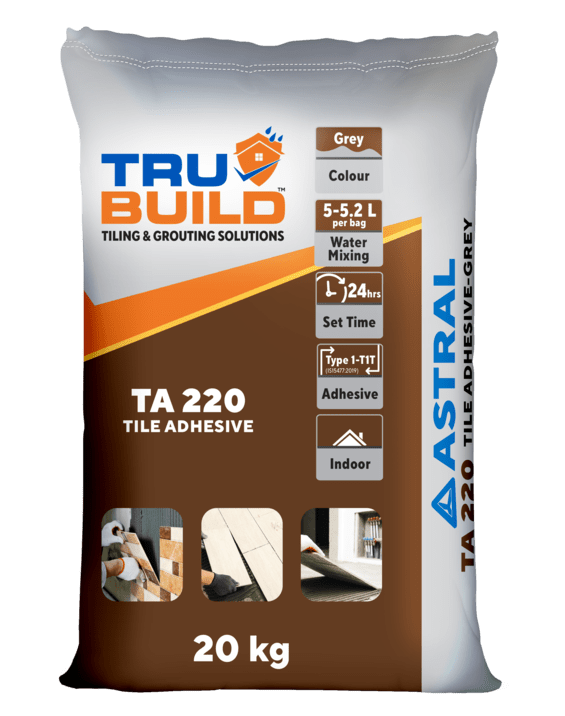

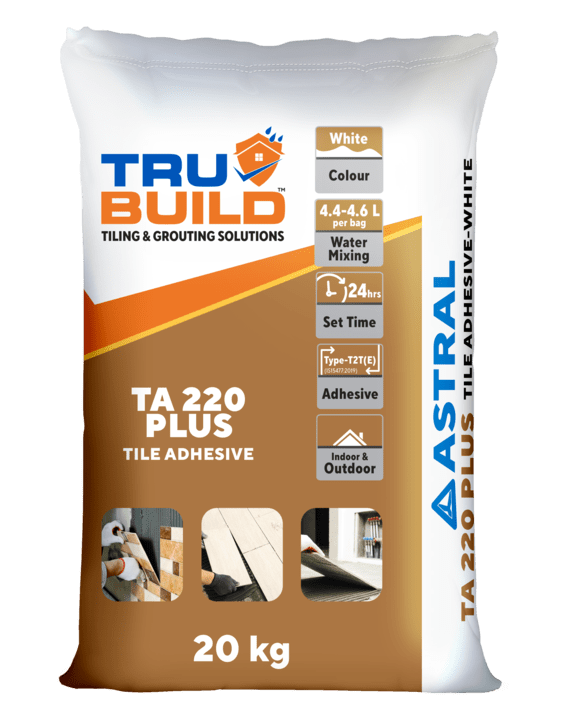
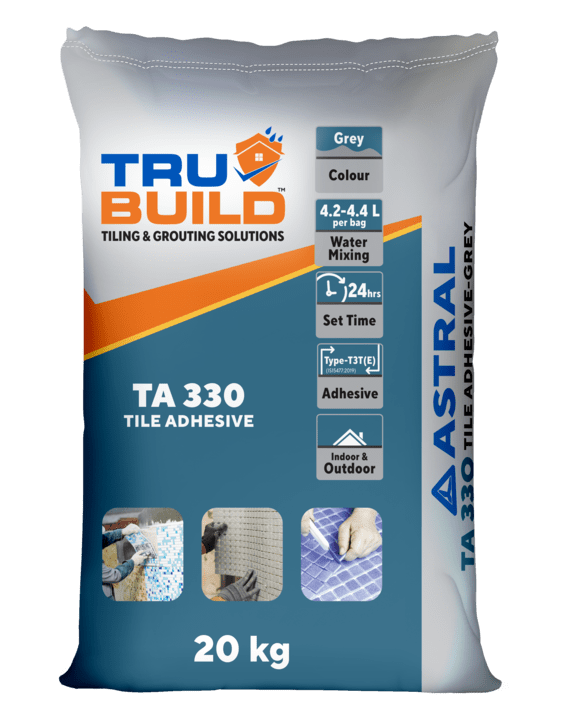
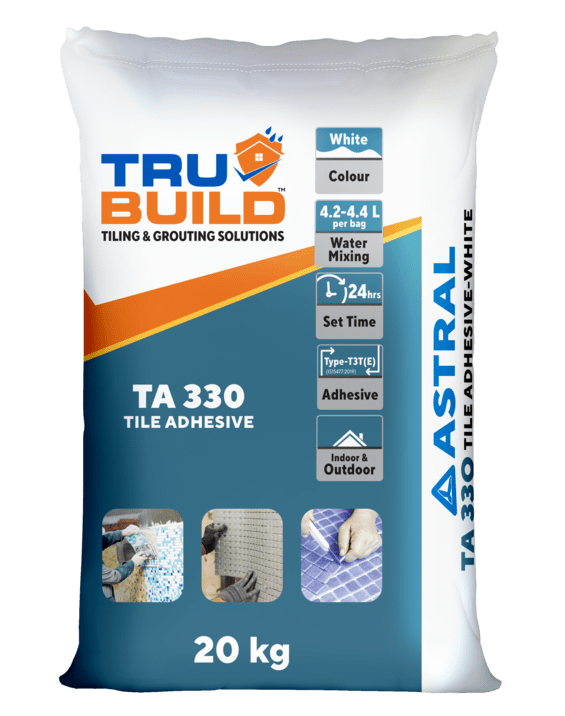
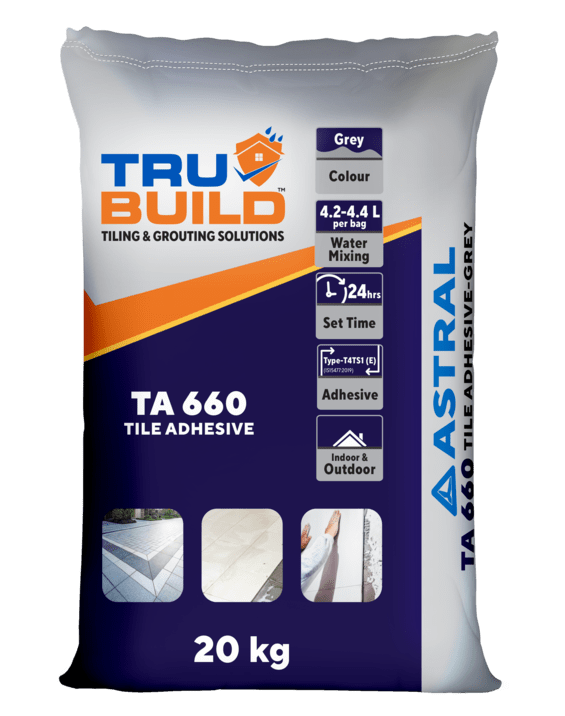
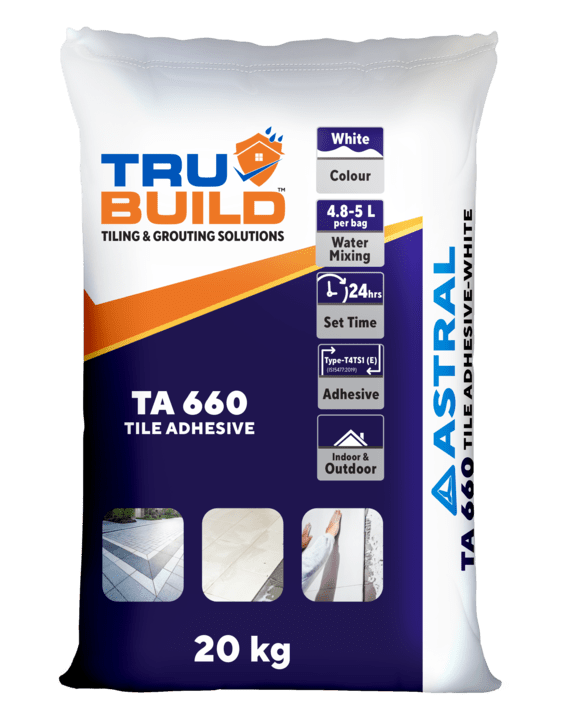



 Water Tanks and Other Areas
Water Tanks and Other Areas